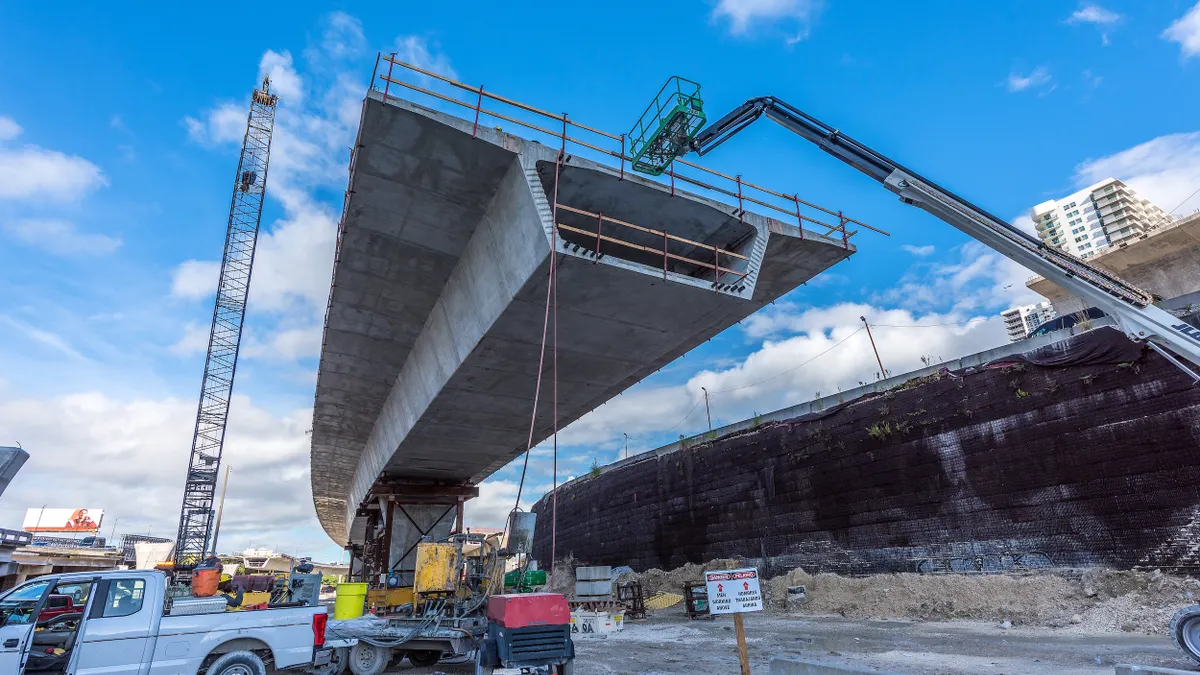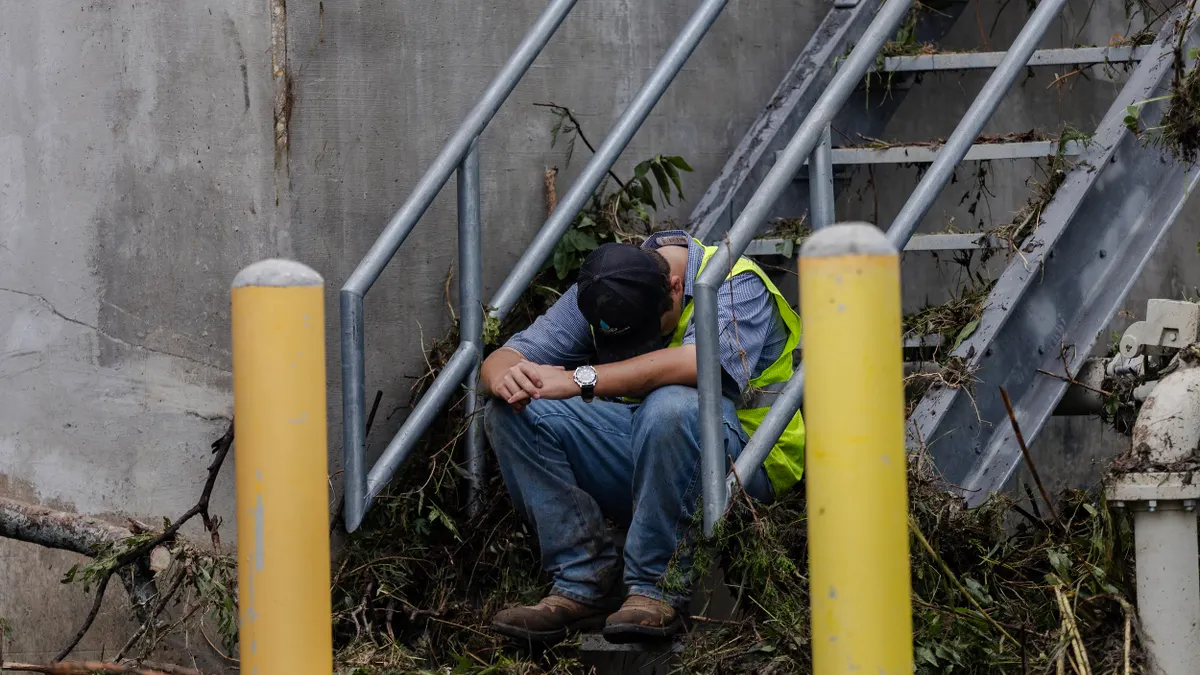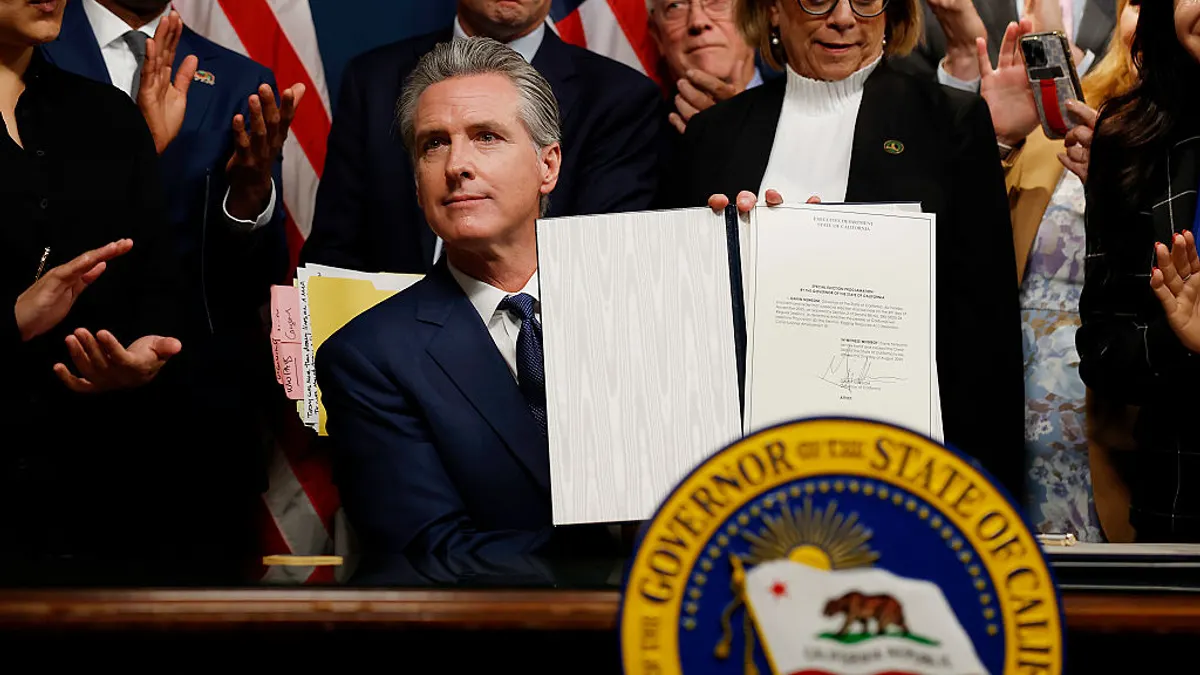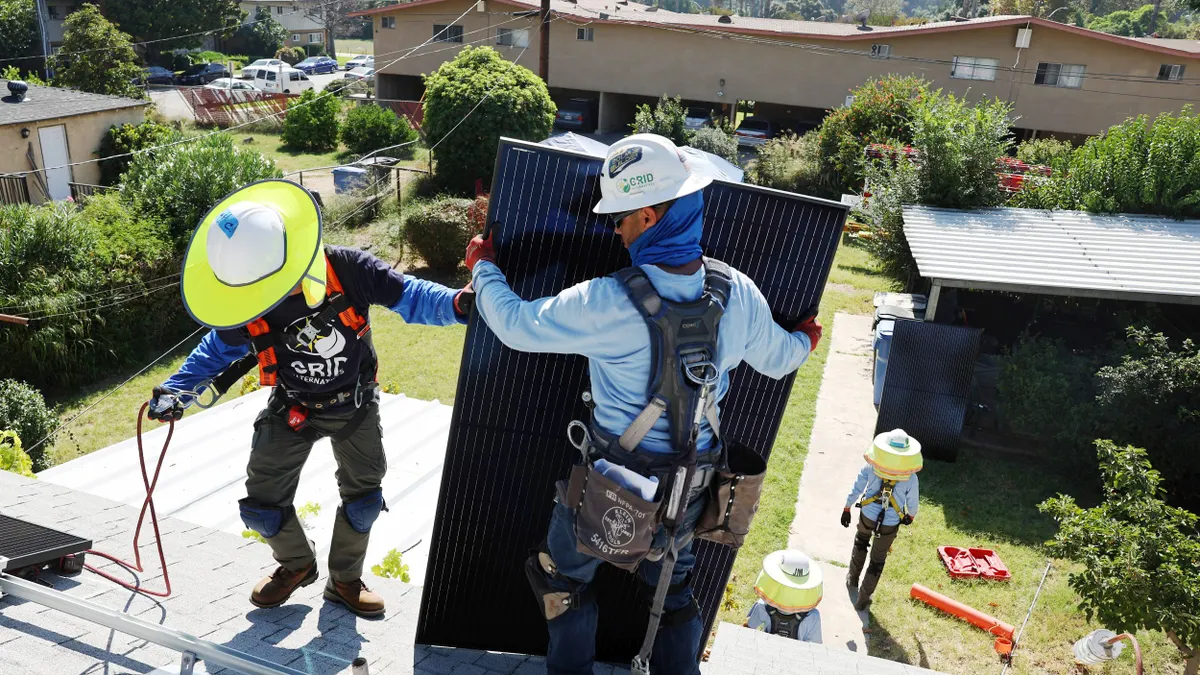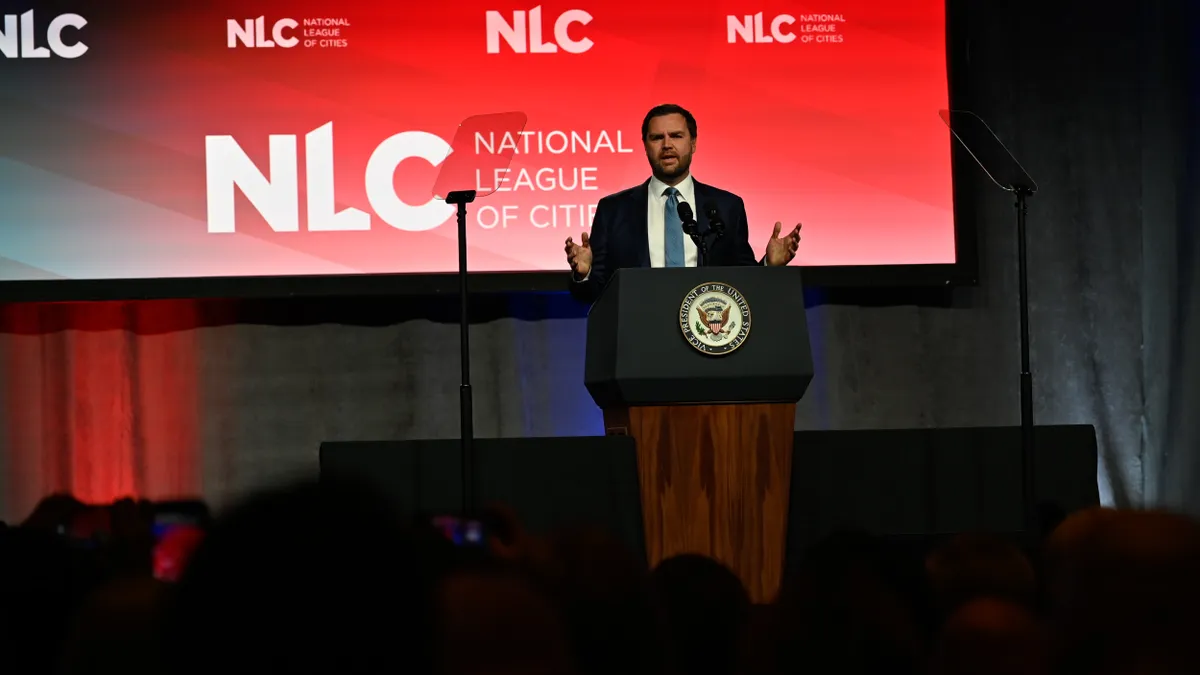When Michael Berkowitz read the Biden administration’s new national climate resilience plan, unveiled last month, he came to the conclusion that “there are a lot more things to like than there are not to like.”
However, the executive director of the University of Miami’s Climate Resilience Academy still has thoughts on how the White House could improve the framework, a 30-page document outlining how the U.S. plans to become more resilient to worsening climate change. It includes six overarching climate resilience goals along with specific actions that could be taken to help meet them.
One of Berkowitz’s notes is quite basic: He wishes the plan “laid down the law” on what the definition of resilience is. Currently, multiple federal agencies have different definitions of resilience, Berkowitz said, and he feels like “we should be able to have a single common definition across the entire federal family.” Although the plan offers what it says is a “common definition” to guide the federal government’s efforts, Berkowitz said it does so timidly, caveating it with a clarification that the definition is for the purpose of the framework.
The value of a plan like this one, Berkowitz said, is to get different actors — from local governments to academic institutions to the private sector — to move in the same direction. Already, University of Miami researchers are using the framework to plan future research proposals, Berkowitz said. Cities can use the plan to feel more confident that they are headed in the right direction on climate resilience plans and projects, he said.
The plan focuses in many parts on nature-based solutions, which Berkowitz commended. However, he said the reality of implementing such projects is complicated since existing methods to measure the impact aren’t well-developed. Many federal funding opportunities require a cost-benefit analysis, and since the process of accounting for the benefits of gray infrastructure is much more developed than for green and blue infrastructure, gray infrastructure will often win out, Berkowitz said.
He added that the framework “took great pains to align with existing federal action. You could almost read it like taking a victory lap in some ways, and I think that’s a fair way to read it.” That’s not necessarily a bad quality of the document, he added — a plan that diverges too far from existing efforts could have felt overwhelming, Berkowitz said. “Having said that, it does feel like there was an opportunity to make a few more new announcements,” he said.
Berkowitz sees a serious need for the federal government to better communicate the risk of climate change to the public, including what it means for people’s mortgages and insurance. The effort should match the scope and scale of past educational campaigns focused on antismoking, drunk driving and obesity, he said. So far, the federal government has undertaken such educational work in hazard-specific “bits and bobs,” Berkowitz said, pointing to heat.gov, a federal website focused on resources to deal with extreme heat.
“We need to have a strategy where civil society, the private sector as well as government can be singing off the same hymn sheet,” Berkowitz said. “And that part is missing [in the national climate resilience framework].”
Berkowitz isn’t the only one with opinions about the national climate resilience plan. A group of Brookings experts shared their takes in an online post earlier this month, writing that the framework is “uncommonly honest” and “moves us in the right direction.”
But the plan doesn’t go far enough to address workforce needs for climate resilience efforts, Brookings Fellow Joe Kane said in the post.
“Many local leaders continue to struggle to define the greatest occupations of need, establish clear statistical benchmarks for education and training, and forge needed collaborations with other community partners, including employers,” he wrote.
Brookings Senior Fellow Adie Tomer said in the post that the framework is a reminder that climate resilience is mostly a local responsibility, as local and state leaders have more control than the federal government over land use, transportation and water systems, for example.
Plus, the framework is in need of specific timelines, milestones and metrics for success, said Shelley Poticha, chief climate strategist at the Natural Resources Defense Council, in an online post earlier this month. “While the framework defines the federal philosophy for addressing climate resilience, it does not define when it will be implemented, how it will be implemented, or how we will know if it is succeeding,” she said.
A chief resilience officer — which some states and communities have but the federal government lacks — could guide the federal government’s efforts by coordinating interagency activities and ensuring certain standards are met, Poticha said. Some federal lawmakers already have their eye on such a role, with bipartisan legislation introduced to establish a federal chief resilience officer.
“With the addition of these missing ingredients, the National Climate Resilience Framework could be the foundation for a much more ambitious national climate resilience strategy,” she said.








